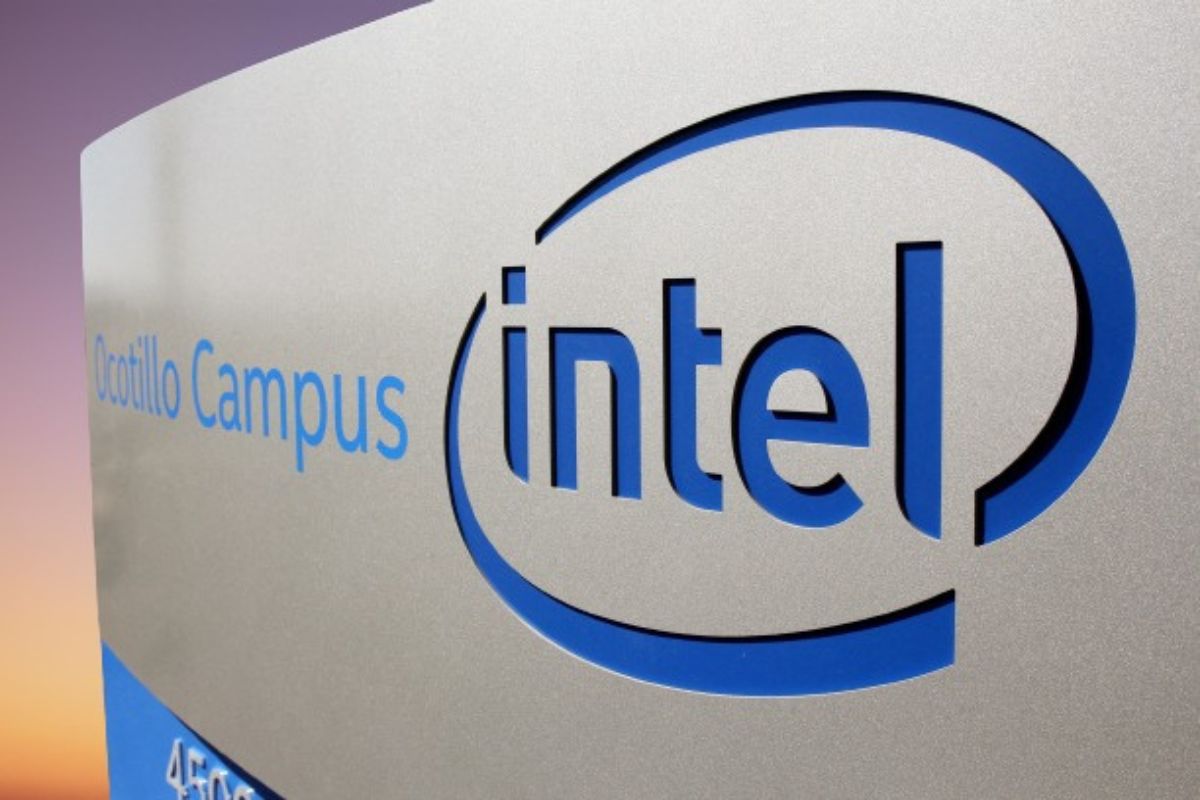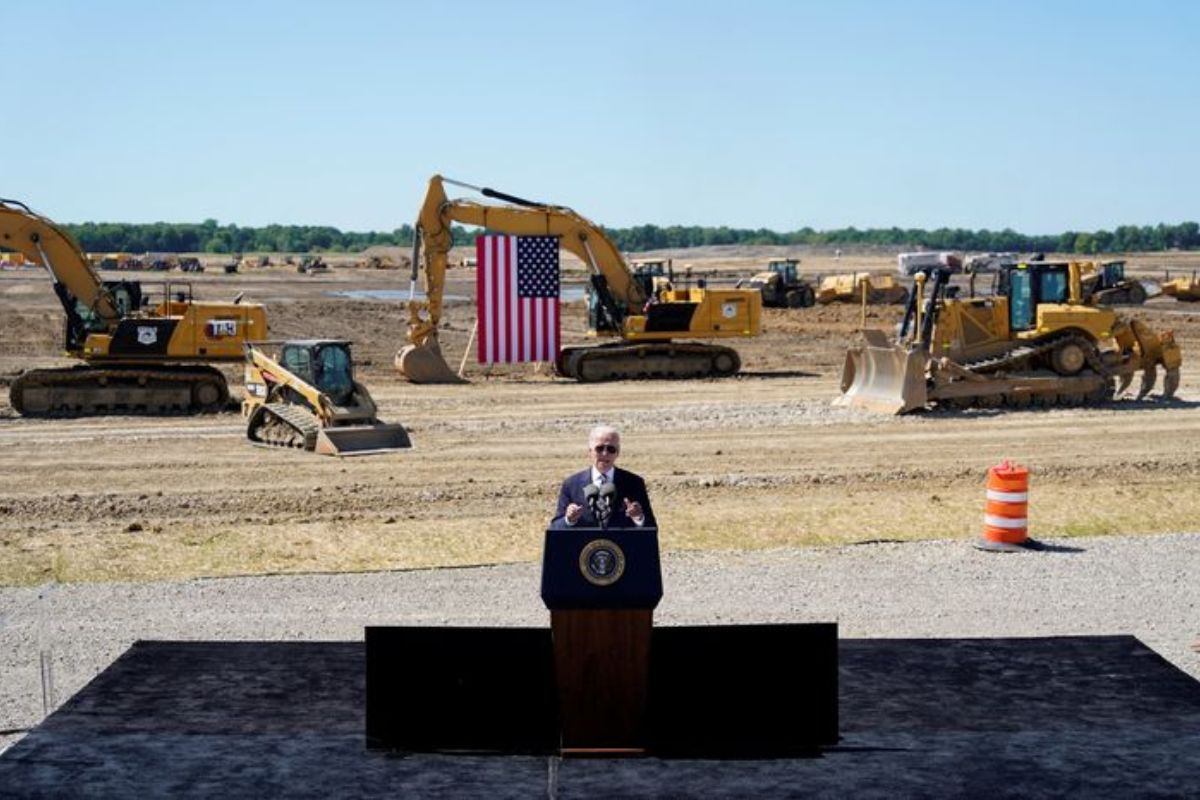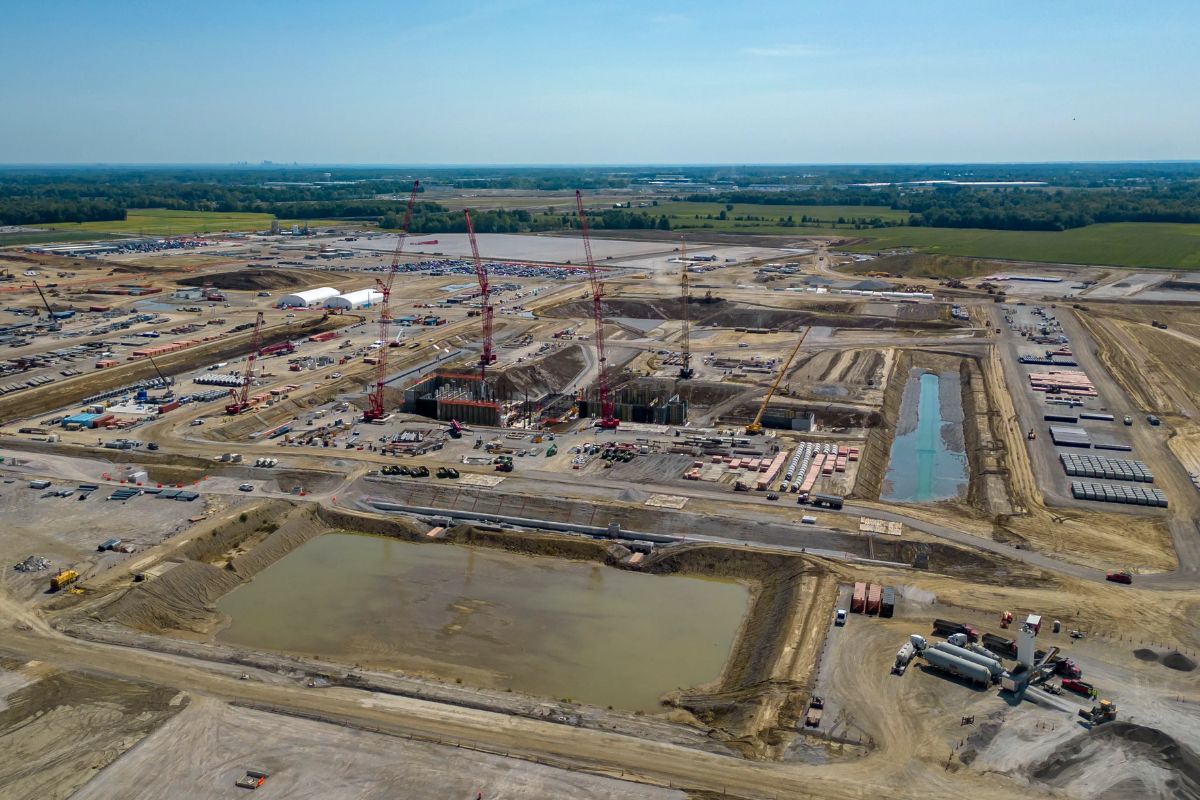Intel’s 20B Dollar Ohio Project: Intel’s highly anticipated $20 billion Ohio project has hit a snag as construction faces unexpected delays. The tech giant had planned to establish a state-of-the-art chipmaking facility, but the extended timeline for construction has dampened the initial excitement.
Despite this setback, Intel remains committed to the project, reaffirming its long-term strategy to meet the growing demand for chips. However, this delay raises questions about the current state of chip demand and how it might impact the market.
With uncertainty looming, industry observers eagerly await Intel’s next move and how it will navigate these challenges to stay ahead in the competitive semiconductor landscape.
Key Takeaways
- Construction delay and extended timeline pose challenges to Intel’s reputation and execution of large-scale projects.
- Uncertainty in chip demand requires adaptation and finding new avenues for growth.
- Intel remains committed and determined to overcome obstacles, with strong leadership and a long-term vision.
- Market response and long-term strategy, including a $20 billion investment in the Ohio facility, aim to maintain competitive advantage and meet customer demands.
Intel’s Chipmaking Project Faces Delay
Intel’s highly anticipated chipmaking project in Ohio is experiencing significant delays, primarily due to market challenges and the slow disbursement of U.S. grant funds.
This setback is a major blow to Intel’s plans and has left investors and industry experts disappointed. The project, which was supposed to be a game-changer for the chip manufacturing industry, is now facing uncertainty.
Also Read: Intel’s AI Struggles: a Deep Dive Into the Chipmaker’s Market Tumble
The market challenges, such as supply chain disruptions and increased competition, have created hurdles for Intel to overcome. Additionally, the slow disbursement of U.S. grant funds has hindered the progress of the project, causing frustration among stakeholders.
It is clear that Intel’s chipmaking project in Ohio is facing a challenging road ahead, and it remains to be seen how the company will address these issues and get back on track.
Extended Construction Timeline
The construction timeline for Intel’s chipmaking project in Ohio is experiencing significant delays, extending until late 2026. This setback has thrown a wrench in Intel’s plans to boost its chip production and regain its dominance in the semiconductor industry. The extended construction timeline is a major blow to Intel’s reputation, as the company had promised to deliver state-of-the-art manufacturing facilities to support its ambitious growth strategy.
This delay not only undermines Intel’s credibility but also raises questions about its ability to effectively execute large-scale projects. It is clear that Intel’s $20 billion Ohio project is facing major hurdles, and the company will need to reassess its strategies and management practices if it hopes to salvage this endeavor.
| Construction Timeline | Delay Duration |
|---|---|
| Initial Projection | Chip production to commence next year |
| Current Projection | Extending until late 2026 |
Intel’s Commitment Amid Challenges
Amidst the challenges faced by the Ohio chipmaking project, Intel remains steadfast in its commitment to completing the construction. Despite the construction delay, the company is not deterred and continues to work diligently towards the completion of this ambitious project.
Here are four reasons why Intel’s commitment remains unwavering:
- Strong leadership: Intel’s management team has shown resilience and determination in navigating the obstacles that have arisen during the construction process.
- Long-term vision: Intel understands the importance of this project in solidifying its position as a leader in the semiconductor industry and is dedicated to seeing it through.
- Flexibility: The company acknowledges the dynamic nature of large-scale projects and is willing to make the necessary adjustments to ensure a successful outcome.
- Investment in the community: Intel’s commitment goes beyond the construction project itself. The company is actively investing in the local community, creating jobs and stimulating economic growth.
Despite the challenges, Intel’s commitment to completing the Ohio chipmaking project is unwavering, demonstrating their determination to push through and achieve success.
Uncertainty in Chip Demand
Despite facing challenges in the construction of the Ohio chipmaking project, Intel now confronts uncertainty in chip demand, particularly in traditional servers and personal computers. This uncertainty contributes to Intel projecting first-quarter revenue below market expectations. With the shift in spending towards AI data servers, Intel’s core data center offerings are being impacted. To provide a clearer picture, let’s take a look at the table below:
| Chip Demand | Traditional Servers | Personal Computers |
|---|---|---|
| Current Status | Uncertain | Uncertain |
| Revenue Impact | Below expectations | Below expectations |
As we can see, both traditional servers and personal computers are experiencing a lack of clarity in chip demand. This raises concerns for Intel as it tries to navigate through an increasingly competitive market. The company needs to find new avenues for growth and adapt to the changing technology landscape to stay ahead of the curve.
Market Response and Long-Term Strategy
Intel’s market response and long-term strategy in light of the Ohio project construction delay demonstrate its commitment to adapt to the evolving semiconductor landscape. Despite the setback, Intel is not one to back down from challenges. Here are four key elements that showcase Intel’s resilience and determination:
- Strategic planning: Intel’s decision to invest $20 billion in the Ohio facility highlights its long-term vision and commitment to innovation. This delay is just a minor bump on the road to success.
- Flexibility: By acknowledging the evolving semiconductor landscape, Intel shows its willingness to adjust its plans and strategies accordingly. This adaptability is crucial in a rapidly changing industry.
- Customer focus: Intel’s dedication to meeting customer demands remains unwavering. The Ohio project delay will not hinder its ability to deliver cutting-edge technology that satisfies market needs.
- Competitive advantage: Despite the setback, Intel’s market position and technological expertise set it apart from its competitors. This delay will not overshadow the company’s long-term advantage.
Conclusion Of Intel’s 20B Dollar Ohio Project
Intel’s $20 billion Ohio project has hit a roadblock with a construction delay. This setback could have significant implications for the company’s chipmaking ambitions.
The extended timeline raises concerns about Intel’s ability to meet the growing demand for chips, especially amid the uncertainty in the market. Investors and industry experts are closely watching Intel’s response to these challenges and how it will shape its long-term strategy to stay competitive in the chip industry.
Our Reader’s Queries
Q1 How much is the Intel project in Columbus Ohio?
A Ohio secured the $20 billion project, the largest private investment in the state’s history, beating 39 other states. The announcement was made two years ago this week. The project is expected to generate 7,000 construction jobs and 3,000 permanent jobs, with potential for expansion, along with additional technology-related investments from other businesses. (Date: 22 Jan 2024)
Q2 How many acres did Intel buy in Ohio?
A Encompassing almost 1,000 acres in Licking County, situated just outside of Columbus, the “mega-site” has the capacity to host up to eight chip factories, along with supporting operations and ecosystem partners.
Q3 Why Intel invest in Ohio?
A This investment aims to enhance production capacity, addressing the increasing demand for advanced semiconductors. It will support the creation of cutting-edge products by Intel and cater to the requirements of foundry customers, aligning with the company’s IDM 2.0 strategy.
Q4 How much did Intel Ohio chip plant cost?
A A groundbreaking $20 billion investment, marking the most significant in Ohio’s history, is earmarked for a sprawling 1,000-acre site in New Albany. This substantial venture is expected to generate 3,000 jobs, as emphasized by Gelsinger.




